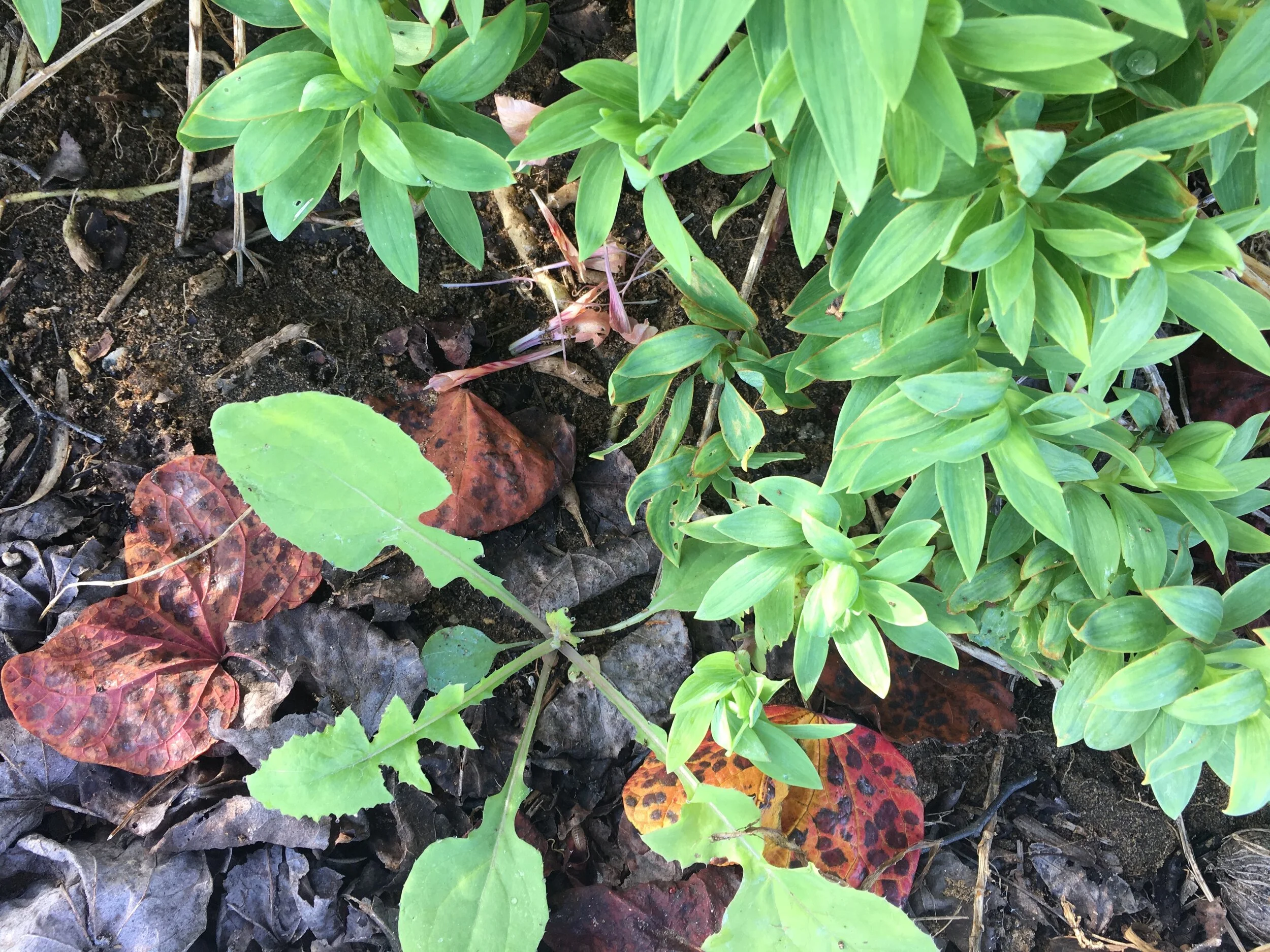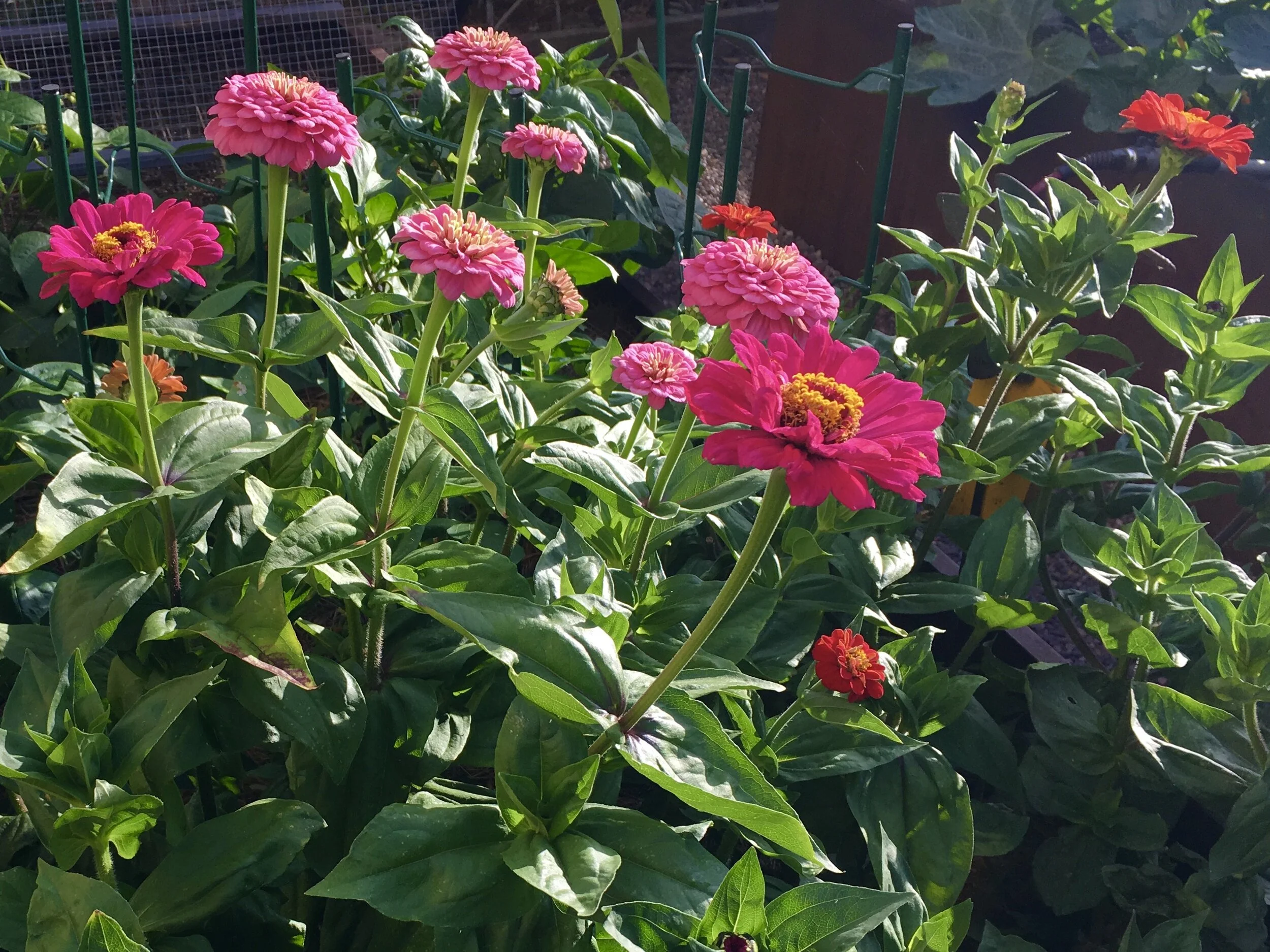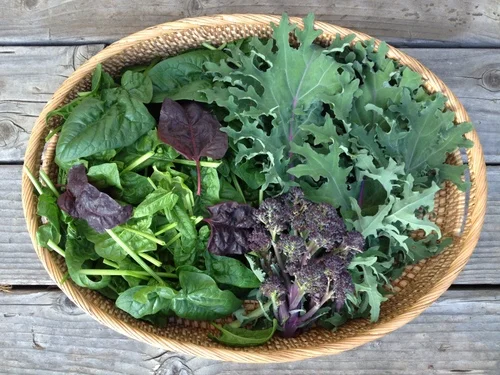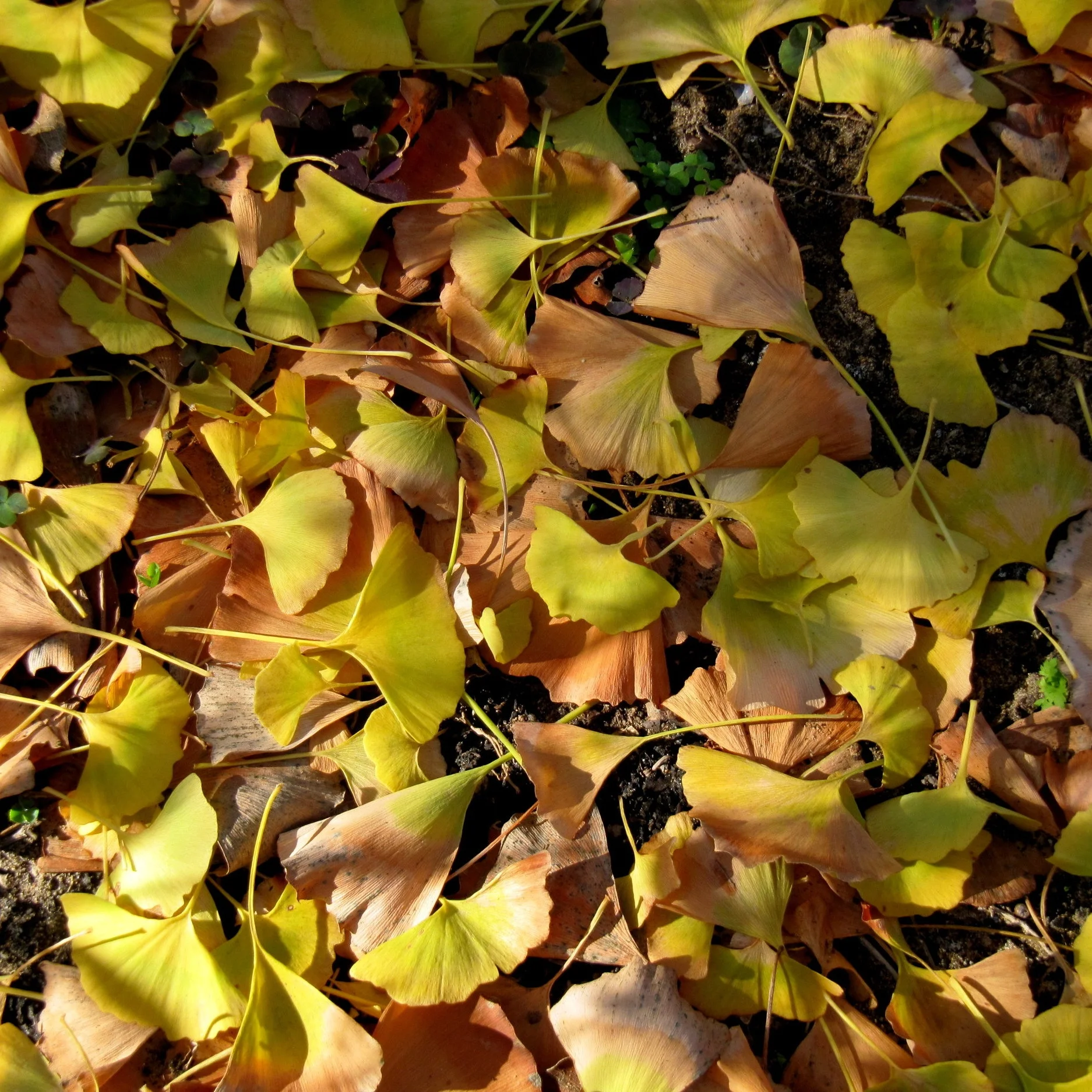Meteorological Fall
Meteorological fall started September 1. I can feel the change. The days are shorter as we approach the equinox. I sleep a little later. The dew has returned and so have the red spiders and their webs. I see the turning in my garden.
During our thirteen year sojourn in New England I sensed the change in late August. We’d usually return from vacation in California where it was robustly summer. But then back in Massachusetts, I’d sense a cooler edge to the days as September approached. Walking in the woods I’d see swamp maples near water with scarlet edges. The shift was subtle but perceptible.
I still look for those seasonal shifts now, thirty years after our return to California. Here, observations from my garden on September 6.
Anemone ‘September Charm’
Dandelions showing up reminding me it’s almost time to plant lettuce.
Zinnias at their very best.
And behind the zinnias, blocky bell peppers preparing to become red peppers.
Climbing honey nut squash taking on their color.
And the loss of color as the chlorophyll departs..
Fat pole beans set seed for next year’s crop.
One of the fewer number of roses in the garden.
The autumnal equinox marks the start of fall across the Northern Hemisphere, but meteorologists commonly consider a different date to mark the start of the new season.
From AccuWeather:
The autumnal equinox marks the start of fall across the Northern Hemisphere, but meteorologists commonly consider a different date to mark the start of the new season. Meanwhile, meteorological seasons are more consistent with the four seasons being broken into groups of three months. Every year, meteorological fall lasts for 91 days, starting on Sept. 1 and lasting through Nov. 30.
Meteorological spring is March, April and May.
Meteorological summer is June, July and August.
Meteorological fall is September, October and November.
Meteorological winter is December, January and February.
To read more about meteorological seasons:
Why meteorological and astronomical fall start on 2 different dates (AccuWeather)
Meteorological Vesus Astronomical Seasons (NOAA)
What is Meteorological Fall? (Farmers’ Almanac)












